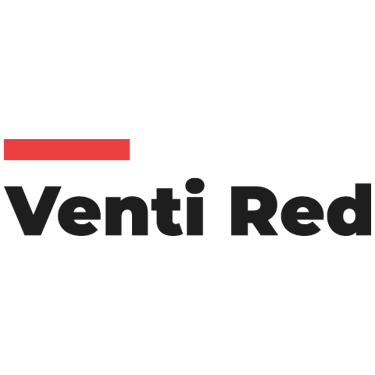How Market Expansion is Reshaping Business Strategies Across the Middle East
Market expansion in the Middle East is moving at scale—and at speed. From pharmaceuticals to logistics and mega‑infrastructure, a wave of investments signals a profound shift in how companies seek growth in the region. Below, we explore three breakthroughs redefining the landscape—and what they mean for global brands.
MARKET ENTRY STRATEGY CONSULTING
Venti Red FZ-LLC
7/17/20252 min read


1. Healthcare Capacity: Hikma’s Strategic IFC-Backed Expansion
Hikma, a leading regional pharmaceutical manufacturer, recently secured a $250 million loan from the International Finance Corporation to scale production in Tunisia and Algeria. This expansion comes amid rising demand for chronic disease treatments and government efforts to localize pharmaceutical supply chains. Building local capacity boosts resilience and positions Hikma as a regional healthcare leader—a model for companies seeking to anchor their growth in market fundamentals.
2. Logistics Backbone: DHL’s Gulf Infrastructure Push
DHL has committed over $571 million to bolstering its operations in Saudi Arabia and the UAE through 2030. The investment includes expanded warehousing, EV fleets, digital freight forwarding, and e‑commerce logistics. Gulf states are rapidly diversifying, with health, trade, and energy sectors demanding robust infrastructure. DHL’s move ensures it remains central to these evolving supply chains—showing how logistics firms can leverage regional diversification to scale globally.
3. Digital and Industrial Integration: Bahrain’s $17B Corridor
Bahrain's recent signing of $17 billion in U.S. private-sector deals marks a decisive step toward digital and industrial integration. Among the deal highlights is an 800‑km submarine fibre‑optic cable connecting Bahrain with neighboring Gulf states—enabling seamless cross-border connectivity. Add aviation upgrades, aluminum downstream investments, and digital infrastructure, and you see a blueprint for modern economic growth—one built on partnerships and platforms.
Strategic Takeaways
Diversify with intent: These moves show that targeted investments—healthcare, logistics, digital—fuel regional growth and global relevance.
Anchor local-first strategies: Whether it’s factories, warehouses, or fibre optic cables, local infrastructure builds credibility, resilience, and efficiency.
Focus on cross-industry linkage: Expansion isn’t solitary—these are ecosystem plays that demand multi-sector alignment (e.g. pharma + logistics + digital).
What This Means for You
If your organisation is considering Middle East growth, ask:
What regional gaps exist in your value chain? Manufacturing, distribution, digital... where can local expansion pay dividend?
Which partners have the infrastructure and foresight to scale? Public-private alignment matters.
How can you link your expansion to broader ecosystem investments? Projects that align with regional strategies—from Vision 2030 to greenfield digital hubs—offer clarity and scale.
Closing Insight
Market expansion in the Middle East today isn’t just theatre—it’s structural. With companies like Hikma, DHL, and Bahrain’s private sector at the helm, the region is becoming a powerhouse of integrated, resilient growth. For those ready to move, the opportunity isn’t just to expand—it’s to shape the future of trade, health, and connectivity across the region.
Consultancy
Making New Market wins look easy
Experience
Strategy
sales@ventired.com
+971-4-281-0997
© 2025. All rights reserved.
